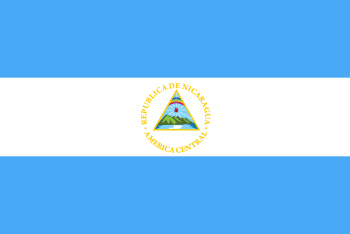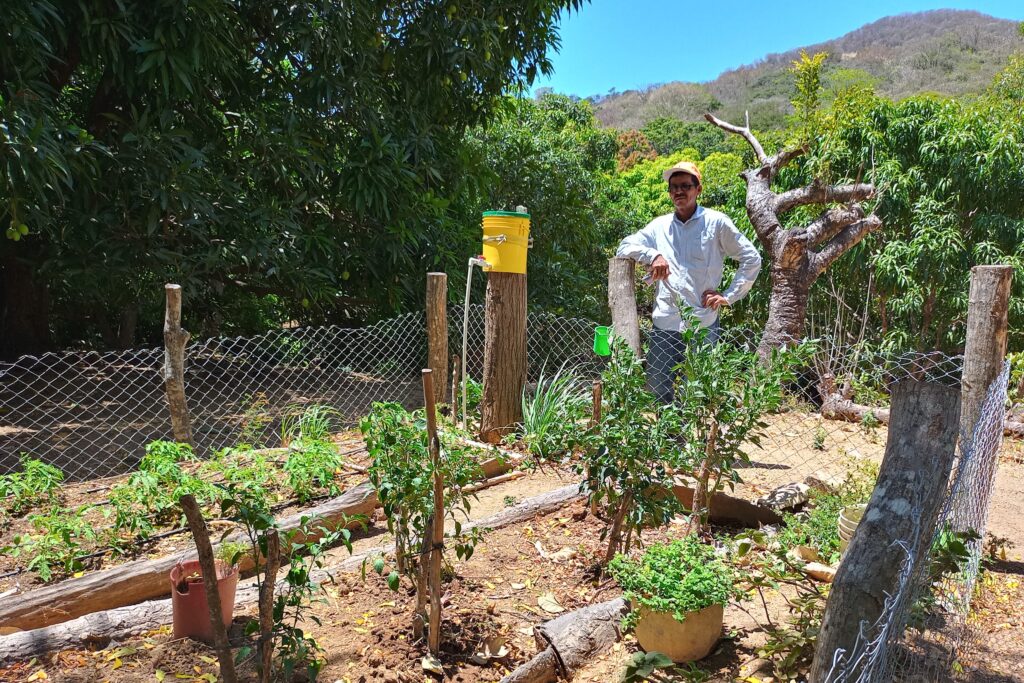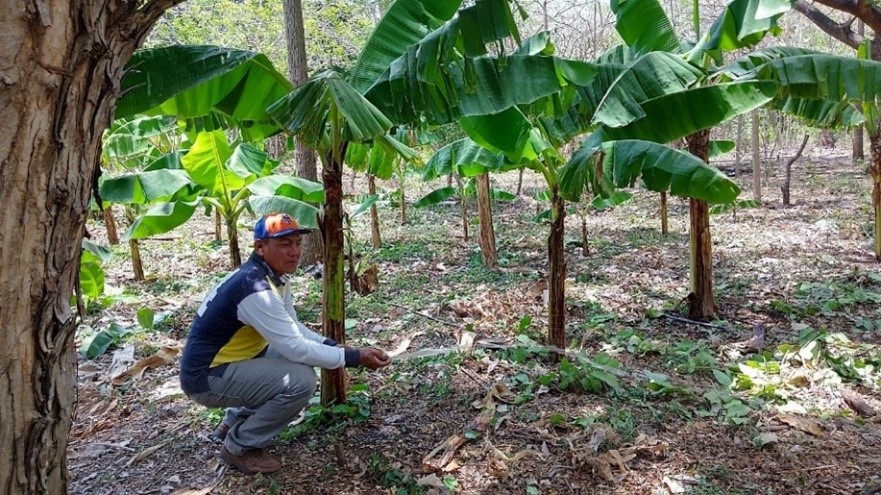 Nicaragua Conquista Nandaime
Nicaragua Conquista Nandaime
$74,250 needed of $125,000

Implementing Organization
World Renew
Program Summary
The municipality of Conquista is located in the Pacific Dry Corridor of Nicaragua. Temperatures in this region have steadily increased and drought conditions have become more prevalent. This program is working to help communities adapt by promoting farming techniques that are better suited for the increasingly dry climate. Trainings are focused on “lead farmers” that learn and use the new techniques in their own farms and then provide training to their neighbors on the techniques. Families also participate in trainings on community water management, water catchment techniques, and distribution systems. The program provides additional training for savings groups and maternal and newborn child health promotion.
Cristian's Story - Nicaragua Conquista Nandaime Program
Success Stories

With Knowledge Comes … Everything Else
There’s a good chance that farmers everywhere might smile in recognition as Douglas tells how he and his fellow farmers first reacted to the idea of practicing Conservation Agriculture.
“We were pretty set in our ways,” he says. “Pretty closed-minded. ‘None of those crops would work here.’ ‘It’s too dry here.’ ‘We can’t grow that here.’ He admits that he himself was skeptical. “But once we started to try out the new techniques and saw that they were working, we got motivated.”
Douglas is a smallholder farmer in what is known as the “dry corridor” of Nicaragua, where droughts are becoming more and more common, more and more devastating. He doesn’t say who made the first move toward Conservation Agriculture, but is definitely enthusiastic about what he calls the “learning-by-doing Farmer Field School methodology.”
“I’ve learned so much! I have eight or ten different certificates for new techniques.” These concern how to analyze his soil, use Conservation Agriculture to conserve water, make organic fertilizers with locally-available materials, and track rainfall patterns to identify the best moment for planting. “And it’s not just about crops,” he goes on. “We’ve also covered vaccinations and how to take better care of our animals. I’m raising chickens and fattening pigs now, too.”
When Douglas starts to talk about what’s changed in his life, it might almost be easier to list what hasn’t. He mentions the new crops they’ve planted. How his children can take a few steps out of the house and pick tomatoes and green peppers for dinner. How his and other farm families are selling their produce to the local shops, so they have income they didn’t have before. And how, when neighbors can buy locally rather than having to travel an hour or more to the next city by bus, it means they, too, have ready access to healthy foods. Without the city markup, there’s more money to spend on other household needs, and some of it gets spent near home, so the whole community’s a winner.
“When you have knowledge, you have everything,” he says simply. “Thank you.”
Nicaragua Conquista Nandaime Program
Led by World Renew and Local Partner Fundación San Lucas
